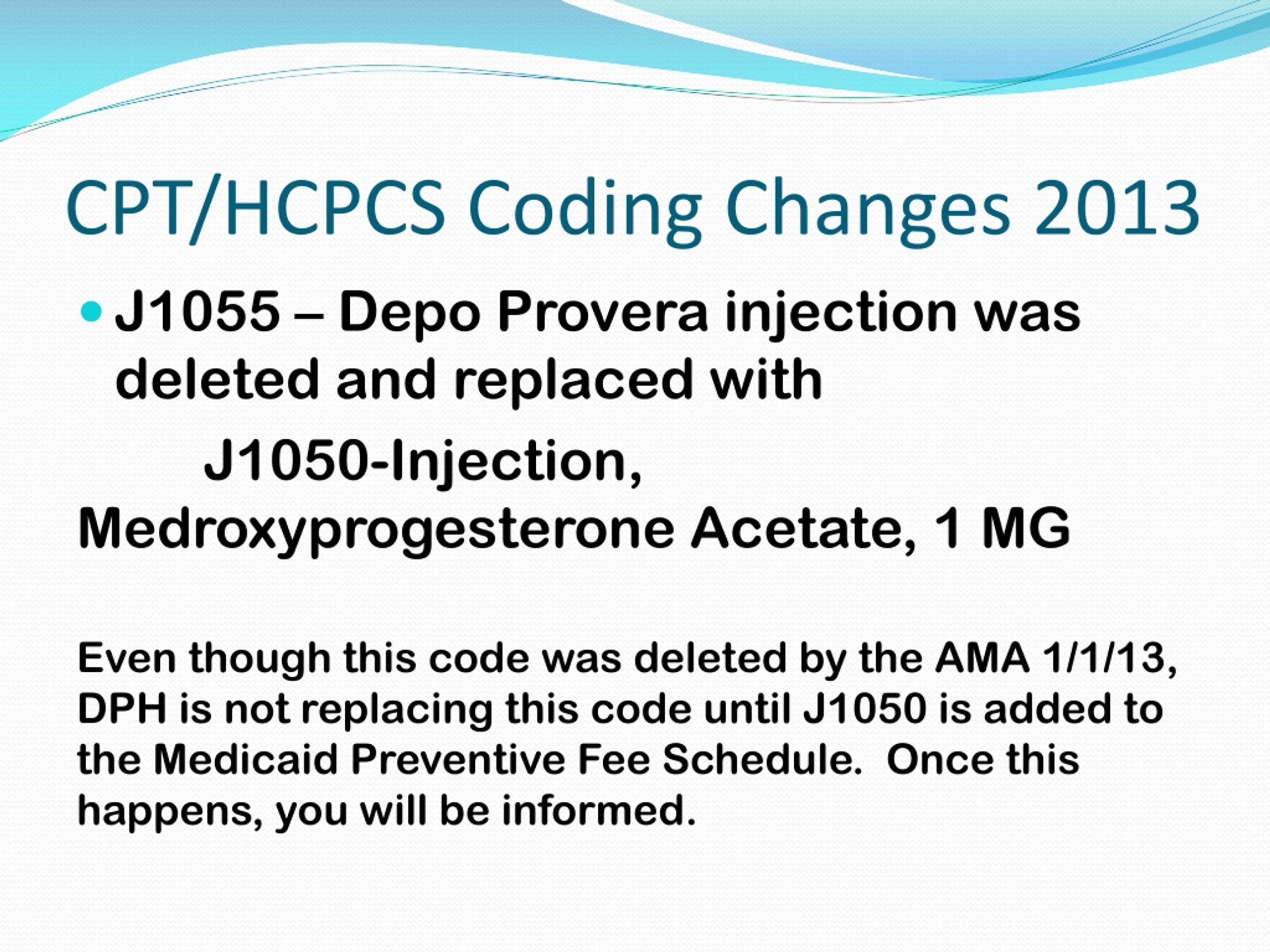
(So a treatment may simply not be covered.) And none of this specific information is visible to the payer based on diagnosis codes. In some cases, medical necessity is determined by the payer, not clinical standards of care. But a payer may see it differently, needing more justification to cover the service, such as, have more conservative treatments been tried, have additional labs or testing been done to arrive at the decision, and does the symptom align with specific classifications about the degree of the condition. Her medical decision making seems sound because the treatment stands up to the definitions above. How these two terms play together brings more clarity.ĭiagnosis codes can explain the complexity of a condition and, to a provider, may justify a specific service because she has the whole story and the background that cannot be fully understood. Medical necessity is the answer to why the services were performed. The difference is, MDM is the complexity involved in providing services, including the complexity of the presenting problem(s), management options, and risk to the patient. Medical necessity and medical decision making (MDM) are two different things that are sometimes mistakenly thought of as interchangeable terms. The challenge is tying them all together.įirst, let’s make one thing clear.

The American College of Medical Quality says it’s “neither more than less that what the patient requires at a specific point in time”.Medicare requires that medical necessity is reasonable and necessary for the diagnosis or treatment of illness or injury.The American Medical Association (AMA) says medical necessity should be in accordance with accepted standards of medical practice and that it’s not for the economic benefit of the health plan, purchaser, provider, or even the patient.The agencies we count on for guidance offer varied and vague definitions. Let’s face it, defining medical necessity can be a challenge. Tell A Story with Documentation to Explain Medical Necessity In this month’s “3 Things to Know About RCM,” we’ll provide guidance on medical necessity, debunk prevalent HIPAA disclosure myths, and provide tips to make the most of back-to-school visits. Accurate coding now depends on a deeper understanding of medical necessity. The Centers for Medicare & Medicaid Services (CMS) has always maintained that medical necessity is the fundamental basis of payment, which helps to explain the 2021 changes to the office/outpatient E/M services that removed the system based on history, exam, and medical decision-making to a system rooted in medical necessity.


 0 kommentar(er)
0 kommentar(er)
